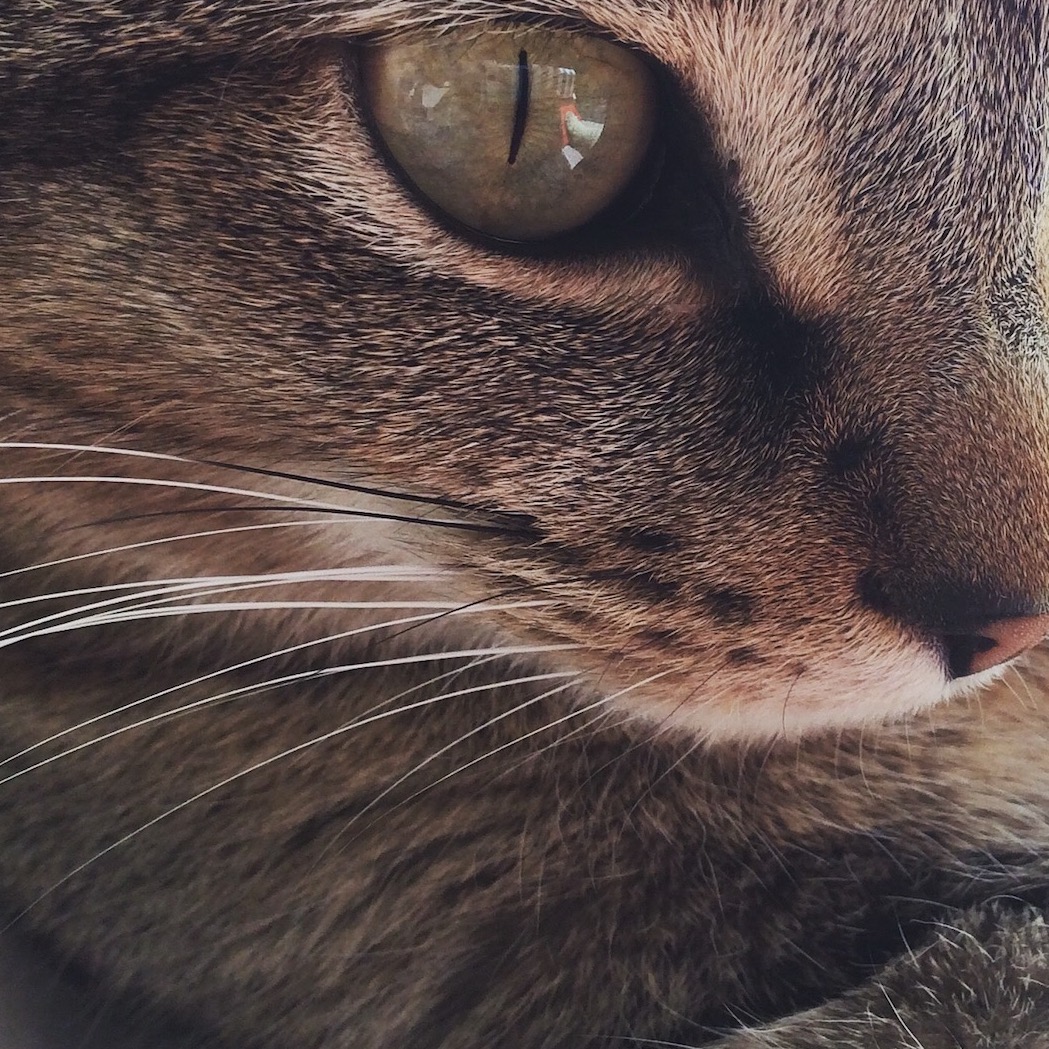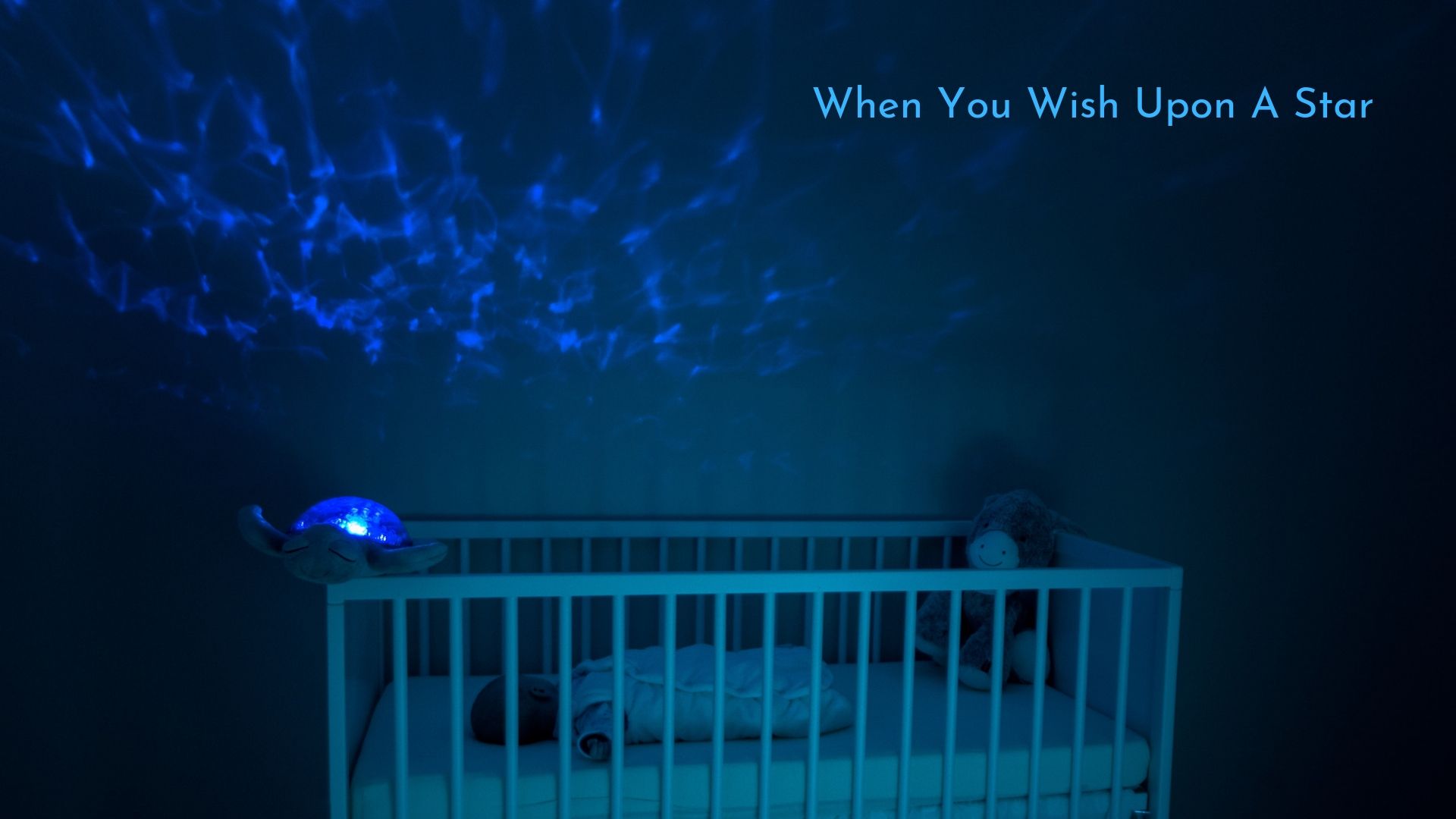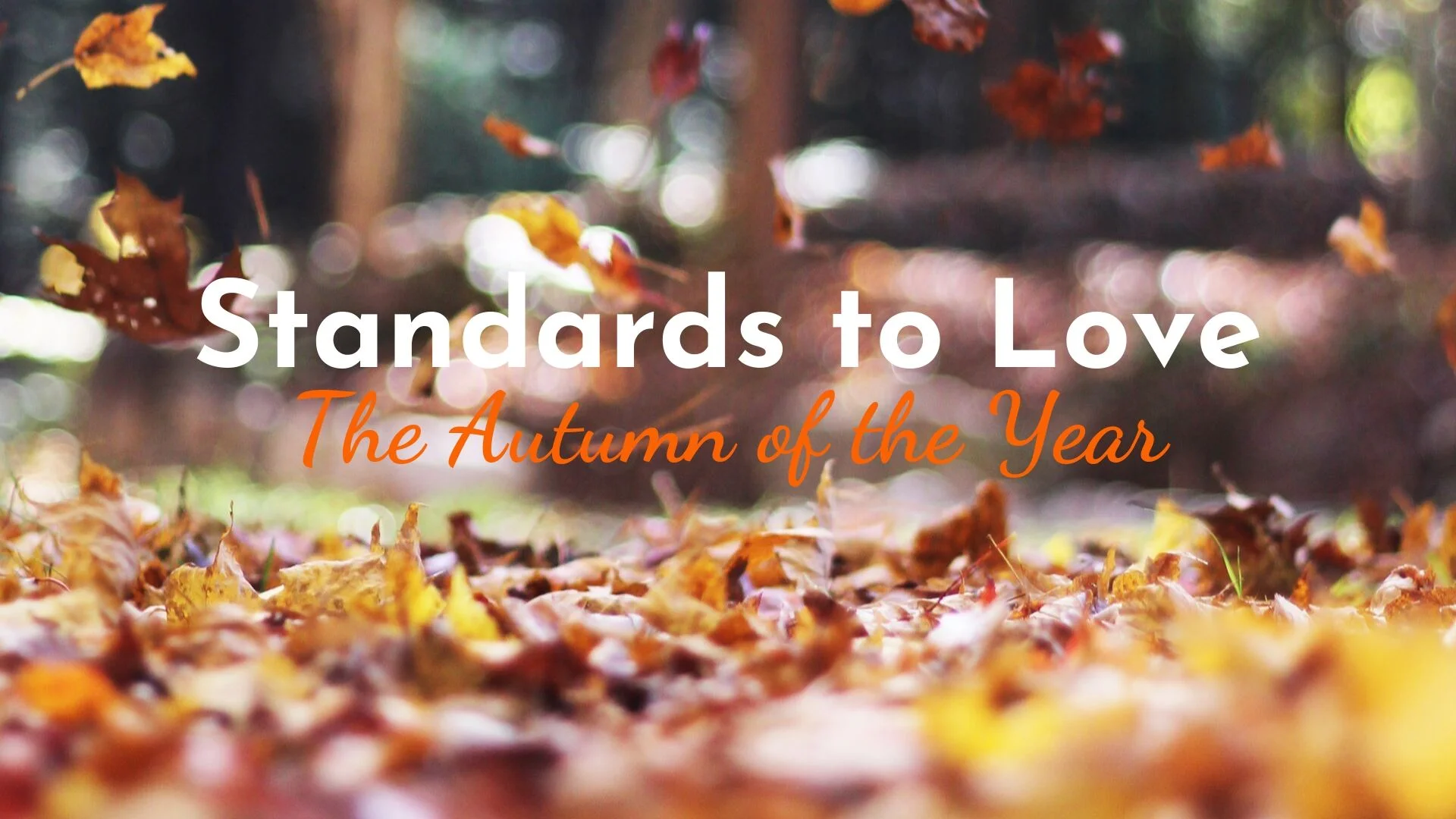Standards to Love: Singing Our Childhood
Ordinarily we wouldn’t think about the Great American Songbook and Disney movies. However, many of the composers and lyricists that worked on Walt Disney projects had prolific careers writing American Popular Standards. And there’s something magical when the voices who introduced us to American Popular Standards take on the Disney songs we grew up singing.
What do you get when you combine the composing genius of Ned Washington and Leigh Harline with Harry James trumpet and Rosemary Clooney’s voice? You get this magnificent recording, that’s what! From the opening, Harry James transports. No one could blow a trumpet like him. And then Rosemary Clooney’s sublime voice and phrasing does the rest. You have to sit back, close your eyes, and just listen when this song comes on. Ned Washington and Leigh Harline collaborated a lot. Much of their work could be seen in Disney’s Pinocchio, from whence this song comes. But Ned Washington was a prolific lyricist who worked with such greats Hoagy Carmichael and Victor Young. And while composers aren’t generally household names, Leigh Harline’s resume is not one to turn a nose up at; not when it includes such great film scores are Mr. Blandings Builds His Dream House and Perry Mason.
Mary Costa did not sing the Great American Songbook. She could have. Her talent would have translated remarkably well into American Popular Standards much in the way that Jo Stafford’s did. However, being an operatic soprano, Costa chose a career performing in operas rather than recordings. But we’re the most familiar with her voicing of the character of Aurora in Walt Disney’s fantastic animation of Sleeping Beauty. What makes the soundtrack to Sleeping Beauty so unique is the fact that Disney allowed the composers to incorporate elements from Tchaikovsky’ 1890 ballet Sleeping Beauty into their score. For Once Upon a Dream, composer Sammy Fain- the same man who composed Doris Day’s tour de force Secret Love (see post here)- drew heavily from Tchaikovsky’s "Grande valse villageoise" ("The Garland Waltz”). Jack Lawrence wrote the lyrics. And Mary Costa, well, she sang this song superbly. And while it’s not a shoe in for the Great American Songbook or popular Jazz, Mary Costa’s version of this song is one of my favorites. So, I’m letting it slide…
Ned Washington and Leigh Harline collaborated to write this piece, and while I do love Jiminy Cricket and Pinocchio singing it in the film, I don’t think you can top Julie London’s recording. The thing that amazes me about Julie London is how humble she was. While she was packing nightclubs and lounges with people panting to hear her sing, she didn’t consider herself to be a great singer. Furthermore, she didn’t think she was particularly sexy. I’m here to tell you that she was wrong on both counts. I offer Give a Little Whistle as irrefutable proof that this woman could sing anything and make it sexy to boot. Now, I’m not saying every lounge singer has to have a sexy voice, but by golly it sure does help create that mood intimate intrinsic to the genre. Honestly, the first time I heard this rendition of this song, an innocuous, cheerful tune for Disney’s Pinocchio, all I could think of was Lauren Bacall in To Have or To Have Not when says- You know how to whistle, Steve. You just put your lips together and blow.
Another Ned Washington lyric, this time with Frank Churchill doing the composing, is Dumbo’s Baby Mine. I’m certain you all remember the poignancy of Dumbo’s mother reaching her trunk through the bars of her prison to rock Dumbo to sleep during the lullaby. Just writing that last sentence got me a little teary-eyed. It’s beautifully sung in the film by Betty Noyes, but I am partial to Jane Froman’s recording. Quick introduction if you’re unfamiliar with Froman. She was a singer and actress who found her way to the Ziegfield Follies. One of her closest friends was Fanny Brice- of Funny Girl fame. She survived a harrowing plane crash in 1943 when she was traveling to entertain the troops with the USO. It left her with multiple injuries which followed her the whole of her life. However, she did not give up. Wearing a leg brace, she returned to the Follies a year later, and then proceeded to tour Europe on crutches- and sometimes a wheelchair- in order to entertain the troops. And while she had to have over 40 surgeries to return to a semblance of normal- and wear the leg brace for the remainder of her life- Froman did not let her circumstances dictate her dreams. Which makes me think of the next song on our list.
Perhaps more so than any of the other songs listed, this one combines the genius of several men who were instrumental in creating the Great American Songbooks. This is the case with the men who wrote A Dream is a Wish Your Heart Makes from Disney’s Cinderella. Mack David, Al Hoffman, and Jerry Livingston all have huge hits under their belts, recorded by such household names as Duke Ellington, Frank Sinatra, and Johnny Mathis. Furthermore, they were all nominated for Academy Awards in their lifetimes. This song wasn’t one that was nominated- though the next one was- but Cinderella is a favorite of mine, and so is Perry Como.
In 1950, the Academy nominated Mack David, Al Hoffman, and Jerry Livingston for an Academy Award for Best Original Song. Sadly, it didn’t win. But, not having an Oscar does not detract from the joy and whimsy of Bibbidi-Bobbidi-Boo. And no one conveyed that whimsy so well as Louis Armstrong. I’ll not say much about this song as the lyrics are rather silly. But, just take a listen to Louie and you’ll be smiling.
And smiling is the perfect way to end, don’t you think? What’s your favorite Disney song?












































